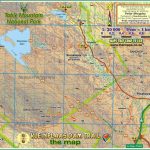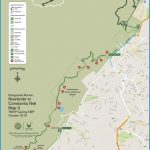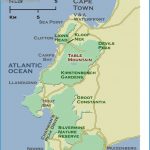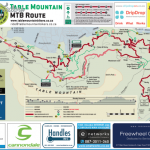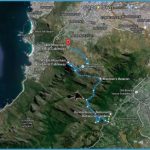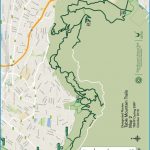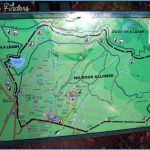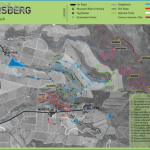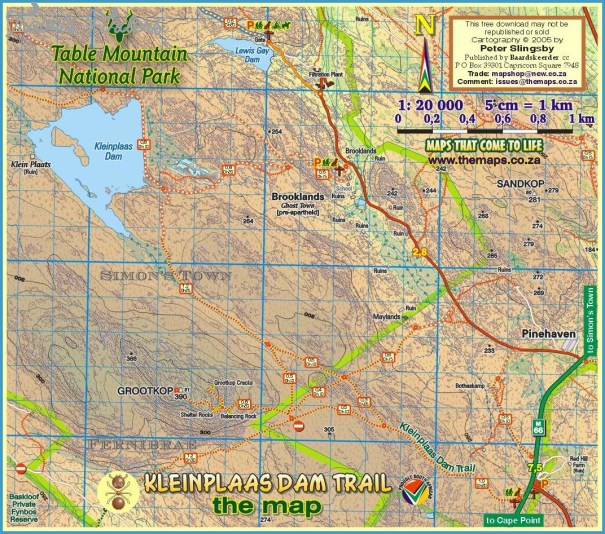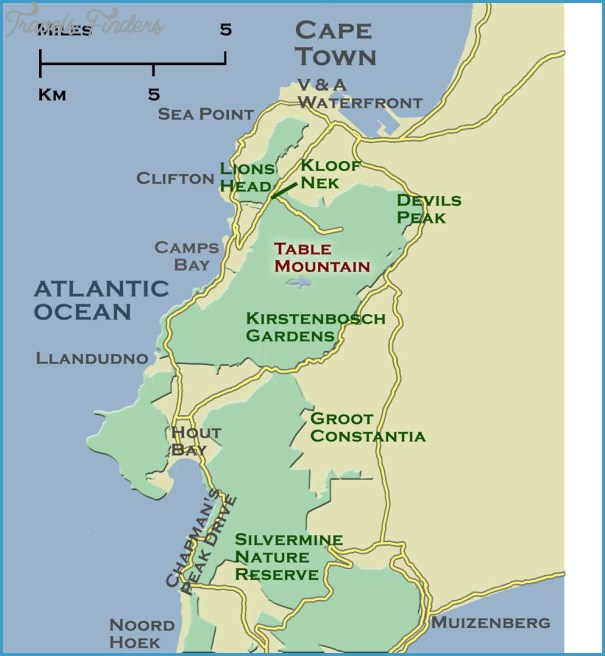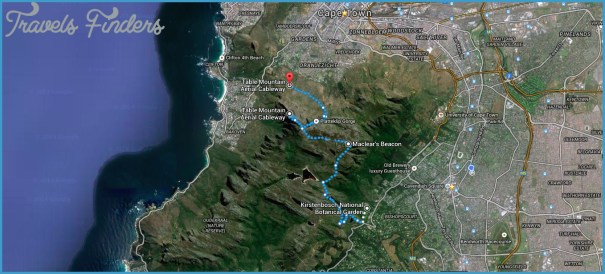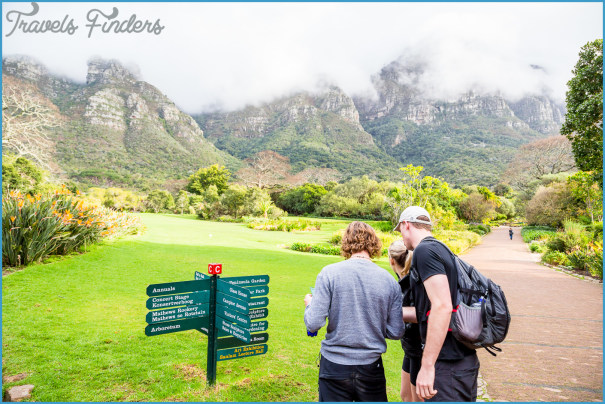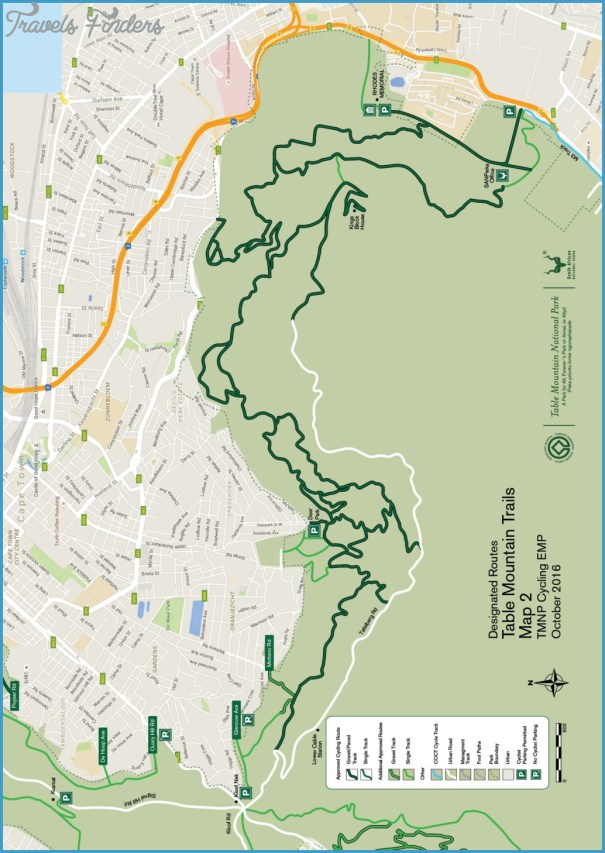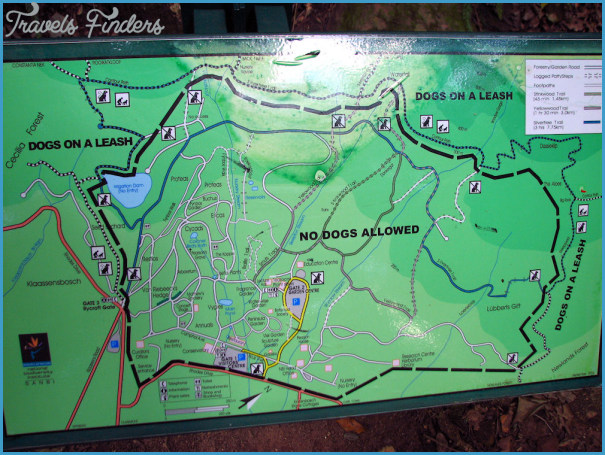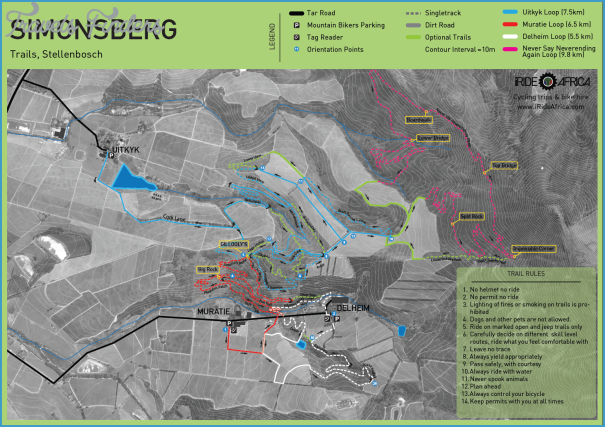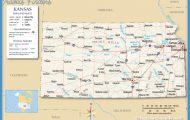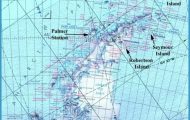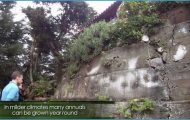When funds were sought to purchase the farm, the Botanical Society, WWF South Africa and individual local donors could not meet the R10 million needed. Jorgen Thompson of Conservation International, who had earlier facilitated a gift of R12 million from the Rufford Maurice Laing Foundation to build the Centre for Biodiversity Conservation at Kirstenbosch, once more came to the rescue by paving the way for a R5-million gift from John and Kirsten Swift, California-based supporters of CI’s Global Conservation Fund. Further funding from the Leslie Hill Succulent Karoo Trust, through WWF-SA, and from the Department of Environmental Affairs and Tourism, secured the deal. On 28 August 2007 a launch celebration was held at Glenlyon, which delighted all sponsors with a splendid display of wild flowers. In December 2008 it was proclaimed the ninth National Botanical Garden of South Africa.
The area’s vegetation comprises successive bands of Nieuwoudtville Shale Renosterveld, Nieuwoudtville-Roggeveld Dolerite Renosterveld and Hantam Karoo. The vegetation pattern follows gradients of geological substrate and of decreasing altitude and rainfall eastwards from the edge of the escarpment, above which the Bokkeveld Plateau is perched. While the escarpment receives as much as 800 millimetres of rain per annum, the Garden receives, on average, only 350 millimetres.
In autumn, the dry and desolate landscape is transformed into a wonderland of pinks with the mass flowering o/Brunsvigia bosmaniae.
Kirstenboschn Mountains Map Photo Gallery
Most of the Hantam NBG lies on the Ecca shales of the Hantam Karoo, but the richest diversity of plants and animals is found on the Dwyka tillite sediments, lain down during the Karoo geological period, some 300 million years ago. The tillites form hard clayey soils, poorly drained and slightly acidic, that become waterlogged during the wet winters. Renosterveld is found on these soils, which have high agricultural value for rooibos tea production and of which few areas remain untransformed. It is on these soils that the immense richness of the area’s bulbs thrives. Studies undertaken during the Conservation Farming Project revealed that the density of bulbs and bulblets can be as high as 25 000 per square metre, although densities of a few hundred plants, of up to 50 species per square metre, are more common. Such high densities are needed in ecosystems where molerats and porcupines may eat several hundred bulbs a night.
By most standards, one might consider the South African network of NBGs as adequate to provide for both the representation of the country’s extraordinary botanical diversity and for the conservation of threatened plant 0.. But SANBI’s Gardens Expansion Strategy, developed and approved in 2010, aims to have a National Botanical Garden established in every province of South Africa by 2020. New gardens are planned for the Eastern Cape, Limpopo and Northwest provinces.
Two regions, the botanically rich but threatened Eastern Cape coast, which falls within the Maputaland/Pondoland biodiversity hot spot, and the mountains of the Soutspansberg in Limpopo province, where outliers of Afrotemperate Montane Forests occur within savanna and woodland complexes, are particularly deserving of inclusion in the network.
Harold Pearson’s vision of at least 10 NBGs, which he outlined in 1910, will very probably be met by the centenary of Kirstenbosch’s establishment. Remarkably, his listing of priorities for new gardens included seven of the current nine NBGs, plus the Eastern Cape, despite his concern that:
‘The compilation of a complete list of these will only be possible when we have gained experience which is not available today.
Postscript – a new NBG in the Eastern Cape
Pristine coastal dune forest forms part of the proposed Kwelera National Botanical Garden, due for establishment by 2013.
Pearson’s vision is, in fact, due to be realised within the Kirstenbosch Centenary. Through a formal co-management agreement signed on 30 March 2012 by SANBI CEO Tanya Abrahamse, the Eastern Cape Parks and Tourism Agency (ECPTA) and the Eastern Cape Department of Economic Development, Environmental Affairs and Tourism, the country’s 10th NBG will be established by 2013. The site is located on the coast 20 kilometres north of East London and includes marine frontage between the Gonubie and Kwelera rivers, as well as pristine coastal dune forest and grasslands. Appropriately, the Kwelera National Botanical Garden derives its name from the Khoikhoi word meaning many aloes’.

